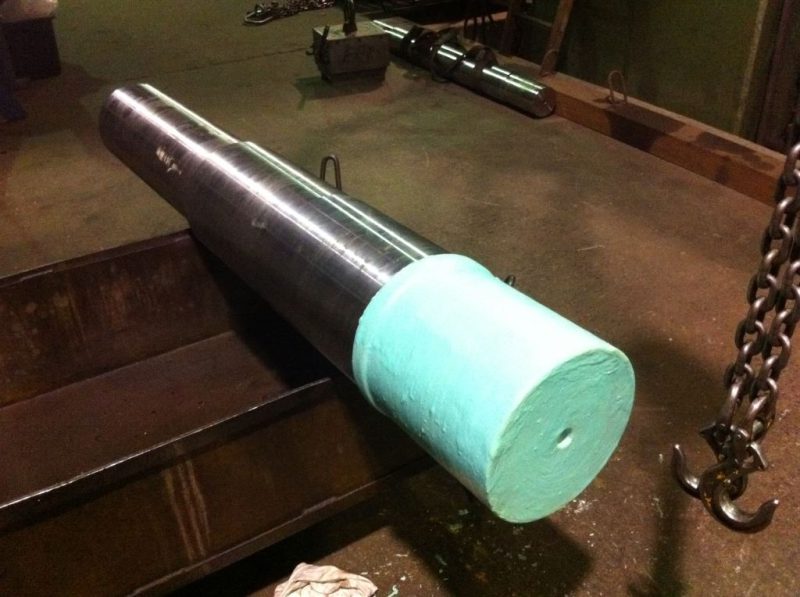
Unveil case hardening and its capability to protect parts against abrasion. Done by Alpha Detroit Heat Treatment, explore how it enhances material durability.
The surface hardness of materials often used in various industries can be improved with case hardening. You see, components that are often subjected to harsh operating conditions should be processed to ensure their longevity and performance. Case hardening, fortunately, can provide them with increased resistance against abrasion.
The Case Hardening Process
Case hardening, also known as surface hardening, is a heat treatment process used to increase the hardness and wear resistance of metal components, particularly those made of low-carbon or mild steel. Unlike bulk hardening techniques that modify the entire material’s properties, this specific process selectively hardens only the surface layer of the component while maintaining its core toughness.
The process of case hardening involves diffusing carbon or nitrogen atoms into the surface layer of the material to form a hardened outer case. It is typically achieved through methods such as carburising, nitriding, or carbonitriding.
Carburising introduces carbon into the surface layer by exposing the material to a carbon-rich atmosphere at elevated temperatures. Nitriding, on the other hand, introduces nitrogen to form hard nitrides. Carbonitriding combines both carbon and nitrogen to generate a hardened surface layer with improved wear resistance.
Advantages Against Abrasion
The primary advantage of case hardening is its ability to significantly increase the surface hardness of a material, which helps in enhancing its resistance to abrasion, wear, and fatigue. Components subjected to abrasive forces, such as gears, bearings, shafts, and wear plates, can benefit greatly from case hardening to prolong their service life and reduce maintenance requirements. By forming a tough outer layer that resists wear and deformation, case-hardened components can withstand harsh operating conditions and maintain their functionality over extended periods.
Another advantage of case hardening is it enhances the component’s structural integrity. Unlike other methods that alter the entire material’s properties, case hardening only involves the surface layer, preserving the toughness of its core. Case hardening can also help in lowering the part’s coefficients of friction, which results in reduced wear and frictional losses. It can likewise minimise the risk of galling or seizing, enhancing the reliability and performance of moving parts.
Other advantages of case hardening are huge cost savings and compatibility with many materials.
Case Hardening: Applications
Case hardening finds widespread applications in various industries where abrasion resistance is vital. Automotive components, such as gears, camshafts, and piston rings, benefit from case hardening to withstand the rigours of engine operation. Moreover, tools and machinery parts used in mining, construction, and manufacturing rely on case hardening to endure abrasive environments and heavy loads. Furthermore, consumer products like firearms, hand tools, and sporting equipment can utilise case-hardened components to ensure durability and reliability.
Case hardening, which can be done by Alpha Detroit Heat Treatment, is a highly effective technique for safeguarding against abrasion and enhancing material durability. By selectively hardening the surface layer of metal components, this technique significantly improves their resistance to wear, prolonging their service life and reducing maintenance costs.
Optimized by: Netwizard SEO
